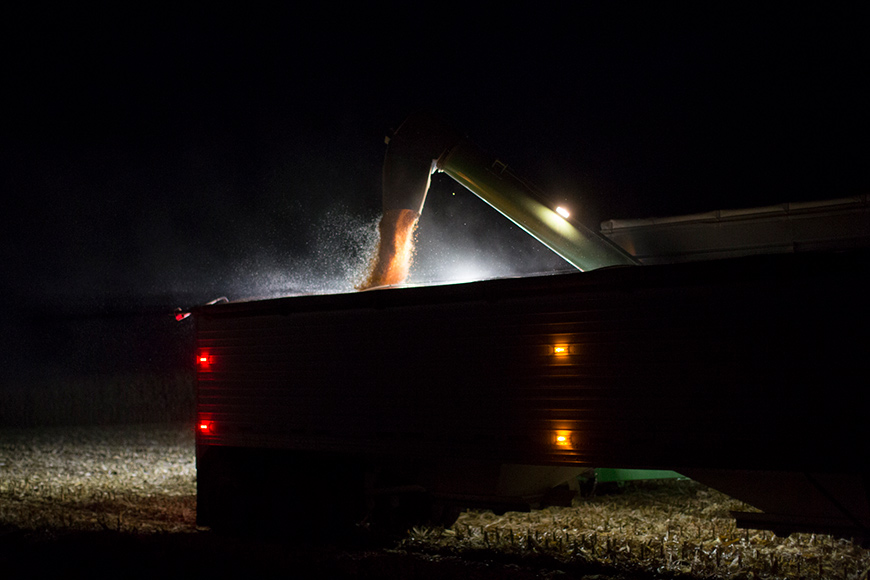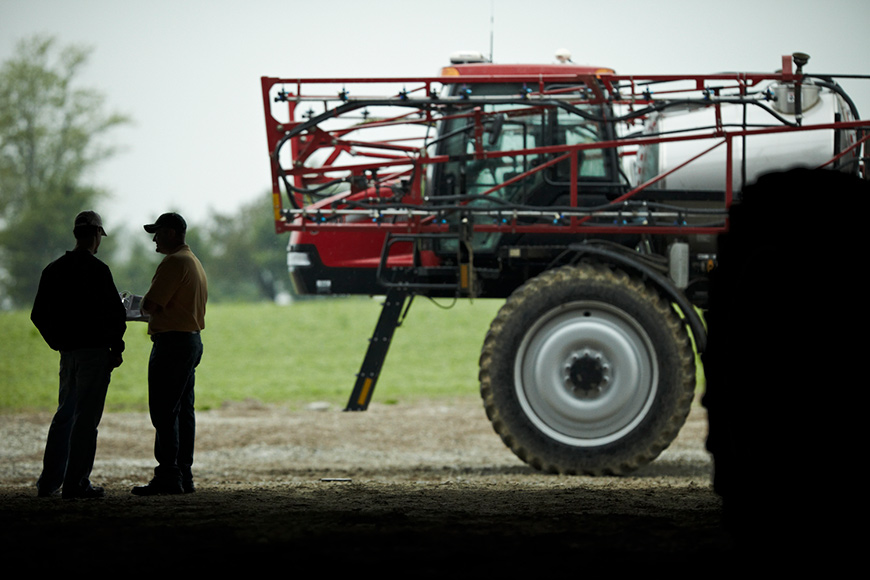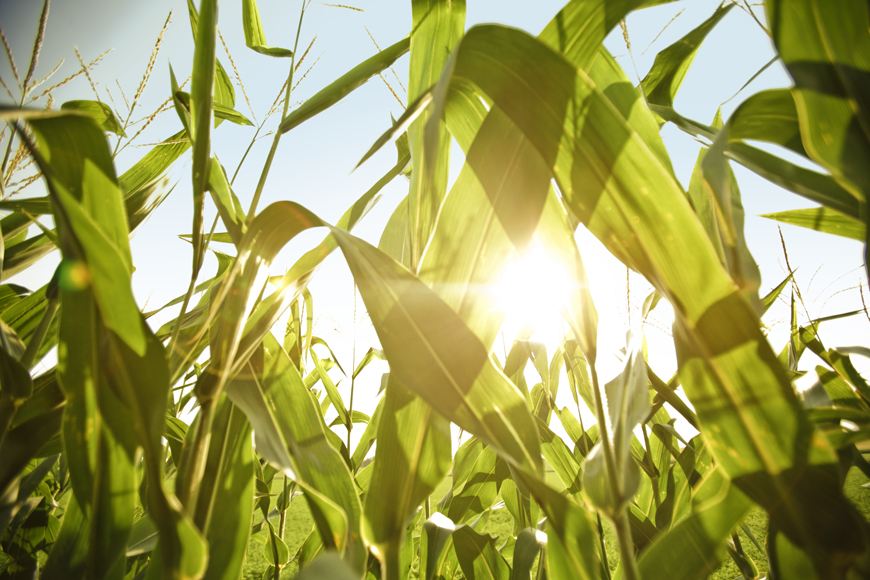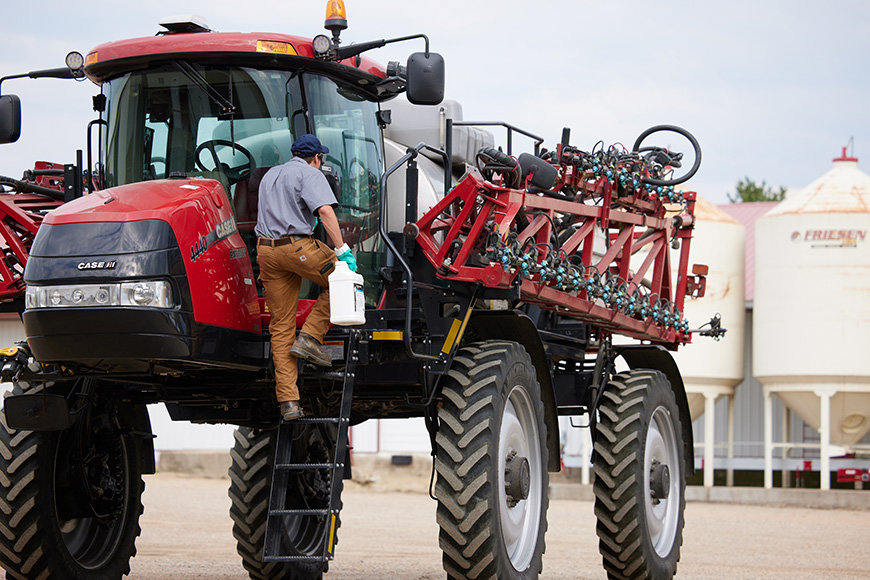Behind on Fall Fieldwork? Build a Contingency Plan Now

Early snowfall, cold temperatures and a delayed harvest may mean that some of your fall fieldwork will be put off until spring. While that’s not an ideal scenario, there are steps you can take to make the most of your time before planting begins. I’ll address a few of the most common questions I hear from the field this time of year.
I missed the window for a fall burndown application. What should I do?
If you typically apply a fall burndown application to control winter annual weeds and to clean up fields ahead of planting, there are a few things you can do in the spring to ensure adequate weed control before planters hit the field. If time allows, an early spring burndown with residual activity ahead of planting could be an option, but you need to consider plant back restrictions for the herbicides you’re using. Follow up with a preemergence herbicide application with residual control to take some of the pressure off of postemergence applications.
You should also consider herbicide application rates. As weeds get larger and more dense, increasing the rate of auxin herbicides including 2,4-D or dicamba in your spring burndown application can lead to better weed control. If you’re using glyphosate, increasing water conditioner rates can also improve herbicide efficacy. Class Act® NG® is an ammonium sulfate water conditioner, nonionic surfactant and antifoaming agent that is an ideal partner for glyphosate tank mixes. Increasing spray volume can also help increase herbicide coverage and weed control.
I typically apply nitrogen in the fall, but I didn’t have time to cover all my acres this year. Now what?
Fall nitrogen applications often make sense for farmers because conditions may be more favorable after harvest, and fall applications may allow for more efficient use of time, labor and equipment than in the spring. If you find yourself running out of time to apply nitrogen before the ground freezes, you’ll need to reconsider your spring application strategy.
Spring and in-season nitrogen applications tend to make the most efficient use of nitrogen, but environmental conditions can play a big role in how much of the nutrient remains available to crops. Adding a nitrogen stabilizer can help keep more nitrogen in the root zone. You may think that stabilizers are only economical for fall-applied nitrogen, but even spring-applied nitrogen can benefit from a stabilizer. There is a significant amount of time between when spring nitrogen is applied and when the crop will actually use the majority of that nitrogen. Unfavorable environmental conditions could lead to leaching or volatilization before the crop has had a chance to take up nitrogen from the soil.
If you’re applying in-season nitrogen, modeling tools including the R7® Field Forecasting Tool can help you understand how much nitrogen is available to your crops and determine ideal timing for adding amendments. The tool uses information about your field’s soil types, hybrids and current environmental conditions to estimate how much additional nitrogen should be added in-season to meet yield goals.
Plan now to manage spring workloads
If you find that you’re not able to get as much done this fall as you’d like, now is the time to plan a strategy for getting the work done next spring. Work with your locally owned and operated WinField United retailer to find the best products and tools to help you make the most of the time you have before planting begins.
All photos are either the property of WinField United or used with permission.
© 2019 WinField United. Important: Before use always read and follow label instructions. Crop performance is dependent on several factors many of which are beyond the control of WinField United, including without limitation, soil type, pest pressures, agronomic practices, and weather conditions. Growers are encouraged to consider data from multiple locations, over multiple years, and be mindful of how such agronomic conditions could impact results. Class Act® NG®, R7® and WinField® are trademarks of WinField United.





